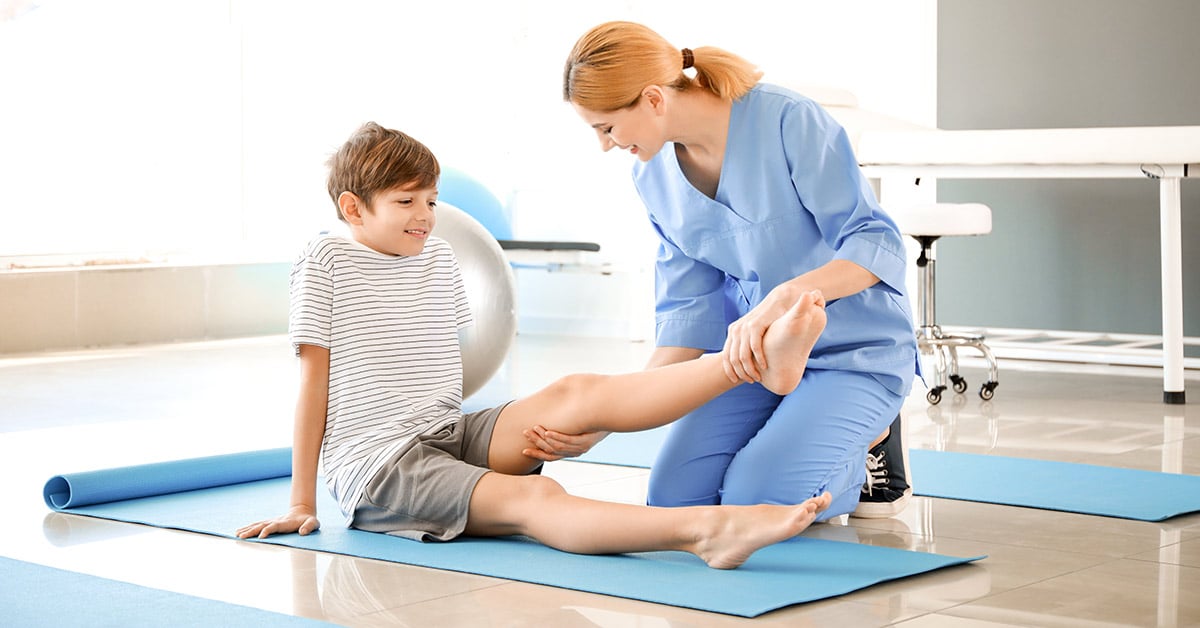
Acute traumas in athletics can happen suddenly and often lead to serious problems for players. These traumas can range from sprains and strains to breaks and head injuries. To assist reduce these traumas, it is essential to implement targeted preventive strategies. These strategies concentrate on awareness, appropriate preparation, gear use, and overall health maintenance. By addressing these key areas, players can considerably lower their chances of suffering from acute traumas while engaging in their favorite sports.
One effective method to minimizing the likelihood of traumas is through education. Players, trainers, and guardians should be informed about the common types of traumas associated with particular activities. Understanding the dynamics of these injuries allows all involved to identify the signs and signals early. Informative workshops or seminars can assist teach athletes about proper techniques and the importance of preparing up before games or practices. This knowledge enables players to take responsibility for their safety and motivates them to express any worries about possible traumas.
Another crucial preventive strategy is proper preparation. Players should engage in a well-rounded conditioning program that centers on developing strength, flexibility, and endurance. Strength training assists build the muscle groups that support joints, reducing the chances of traumas. Flexibility exercises, such as stretching, can improve the range of motion and decrease the risk of muscle tears. Additionally, athletes should include sport-specific drills that simulate game situations, which can help them become more acquainted with the actions involved in their chosen sport. Trainers play a vital role in designing and implementing these conditioning programs to ensure they are safe and effective.
The use of suitable gear is also vital in preventing acute traumas in sports. Athletes should consistently wear the right gear for their particular activity, including helmets, pads, and proper footwear. For instance, gridiron players need helmets to shield against head injuries, while soccer players require shin guards to protect their legs from impact. It is crucial that gear fits properly and is cared for regularly to guarantee it provides the necessary protection. Trainers and guardians should encourage athletes to take the effort to select and use the appropriate equipment to reduce their chances of injury.
In addition to education, training, and gear, maintaining overall health is essential for injury prevention. Players should emphasize proper nutrition, hydration, and rest to keep their physical condition in top shape. A balanced diet rich in vitamins and minerals aids support muscle recovery and overall physical performance. Staying hydrated is also important, as dehydration can lead to exhaustion and increase the likelihood of injuries. Lastly, getting enough rest is vital for recovery and upholding focus during practices and games. By encouraging good health habits, athletes can improve their performance and lower their chances of suffering from acute traumas.
In conclusion, minimizing the likelihood of acute traumas in sports requires a multifaceted approach that includes education, proper preparation, suitable gear, and overall well-being maintenance. By concentrating on these specific protective strategies, players can more effectively safeguard themselves from the dangers of traumas. Trainers, guardians, and players all have vital roles to fulfill in creating a secure athletics environment. By cooperating together and emphasizing protection, the pleasure of athletics can persist without the interruption useful site of serious traumas.